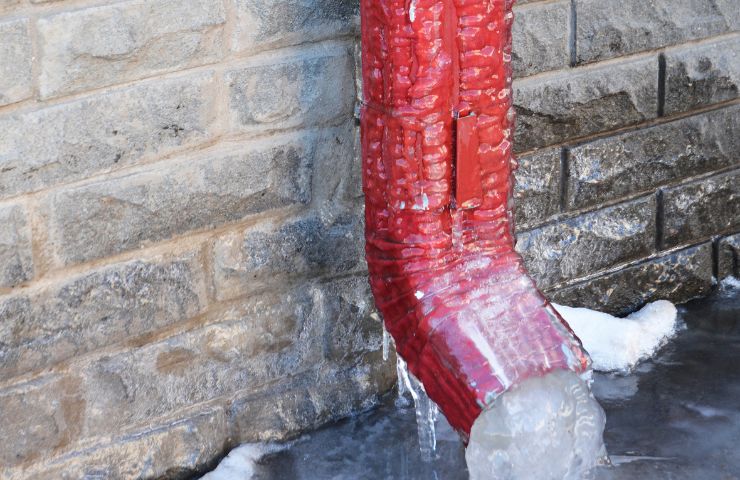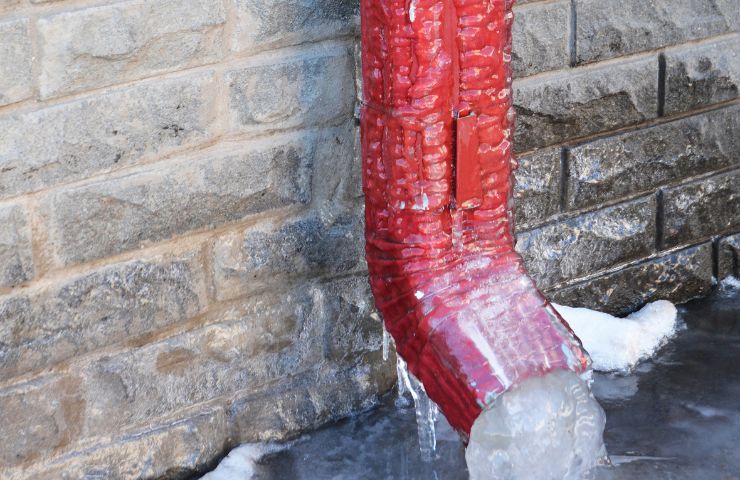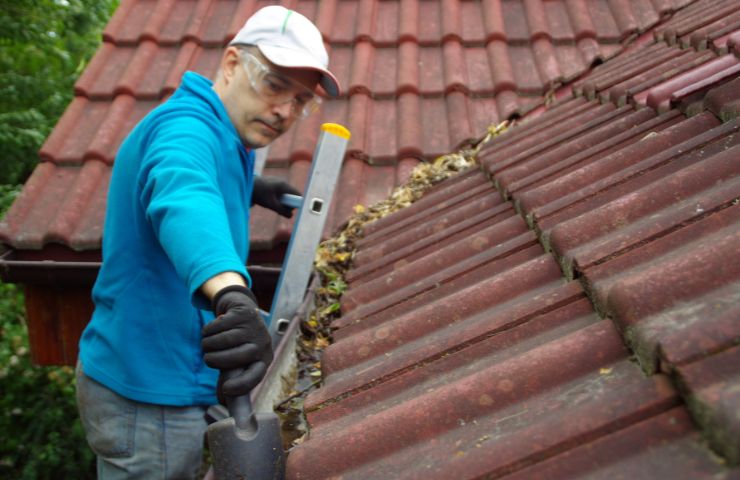How to Prevent Gutter Ice Dams in Atlanta’s Cold Snaps
What Are Gutter Ice Dams?
Gutter ice dams are ridges of solid ice that build up along the edges of your roofline. They often start in the gutters and grow upward, stopping melting snow or freezing rain from draining properly. The trapped water backs up under the shingles, risking roof leaks, damaged ceilings, and even mold.
While this issue is often linked to colder states, Atlanta homeowners are not immune, especially when sudden cold snaps follow a stretch of mild weather.
When Do Ice Dams Form in Georgia?
It might sound rare, but Georgia winters can bring freezing rain, sharp cold fronts, and overnight frost. When the temperature drops fast after rain or snow, and your roof still radiates leftover heat from the day, that’s a perfect setup for gutter ice dams. The freeze thaw cycle creates just enough runoff to refreeze in your gutters.
Atlanta’s February and early March are the riskiest windows. These surprise freezes can catch homeowners off-guard, especially if their gutters aren’t ready for it.
Why Ice Dams Form: Root Causes
Even in a place like Georgia, ice buildup in gutters is not random. It’s caused by:
-
Poor Roof Slope or Gutter Angle
Gutters that aren’t pitched correctly allow water to pool and freeze. Standing water plus a cold snap is a recipe for trouble.
-
Debris-Clogged Gutters
Leaves, twigs, and dirt block flow. When water can’t escape, it pools and refreezes.
-
Warm Roof + Cold Eaves
A poorly insulated attic lets warm air escape, melting snow unevenly. That water flows to the colder roof edge and freezes again.
-
Blocked Soffit Vents
When attic ventilation is stifled, heat builds up below the roofline. This inconsistent temperature drives the melt-refreeze pattern that fuels ice dams.
Simple and Effective Prevention Methods
You don’t need heavy snow to take prevention seriously. Atlanta’s climate may be mild, but the damage from just one freeze can be costly. Here’s how to prepare:
-
Keep Gutters Clean All Winter
Clear debris every fall and inspect after every storm. Even in a rain heavy city like Atlanta, that’s a top defense against ice buildup.
-
Add Gutter Guards
Mesh guards or foam inserts reduce leaf and branch buildup, lowering the odds of water getting stuck and freezing.
-
Install Heat Cables Along Roof Edges
Heat tape or cables melt snow and ice before they can form a dam. These run low-voltage electricity to keep water moving during freezes.
Pro tip: Run cables in a zigzag pattern near the roof edge and into the downspouts for best results.
-
Improve Attic Insulation
Stop warm air from leaking into your attic. Good insulation keeps roof temperatures steady, reducing uneven melting.
-
Vent Your Soffits
Balanced attic ventilation is key. Open soffit vents combined with ridge vents allow air to circulate naturally, no hot spots, no ice dams.
-
Redirect Downspouts Away from the House
If water can’t drain away safely, it can back up into gutters and freeze. Use extensions to steer it at least 3–4 feet from your foundation.
Read about the Gutter Cleaning Cost in Atlanta, GA and What to Expect.
Why You Should Still Care Even in Mild Winters
Many Atlanta homeowners think ice dams are a Northern problem. But Georgia’s rapid temperature swings make surprise freezing events more dangerous. One cold night following rain can do thousands in damage.
Plus, as climate patterns shift, more irregular weather becomes the norm. Gutter protection now is a long term investment in your home’s health.
You don’t need blizzards for ice to cause problems, just one freeze at the wrong time.
Frequently Asked Questions
How do I know if I have an ice dam?
Watch for icicles hanging off the edge of the roof, especially after a rain followed by freezing temps. Inside, you might notice ceiling stains or water dripping where it shouldn’t.
Are heat cables safe to leave on all winter?
Yes, modern heat tape is made for cold weather use and turns on automatically based on temperature. Just be sure it’s installed by a licensed professional.
Should I knock off icicles myself?
No. This can damage your gutters or cause injury. Instead, manage the root problem, blocked gutters and poor ventilation.
What’s the best time to prepare for ice dams?
Fall is ideal. But it’s never too late to schedule an inspection and install quick fixes like heat tape or gutter guards.
Book a Winter Ready Inspection Today
Stop guessing and start protecting your home. A professional gutter and attic inspection can spot the hidden risks like poor venting or bad insulation that lead to frozen gutters and water backflow.
Schedule your inspection now to make sure your home is ready for whatever winter throws at it.






